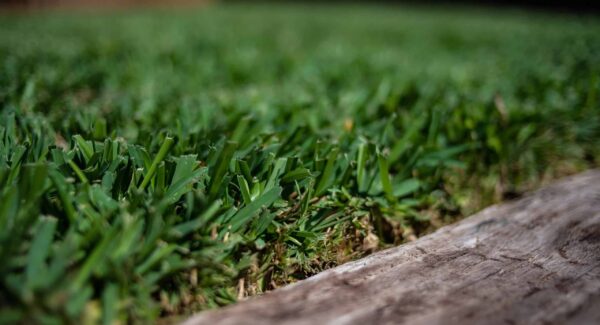Controlling Caterpillars
We’ve read the children’s stories about the fuzzy little caterpillar turning into a beautiful butterfly, but once you’ve seen or experienced a caterpillar infestation in your yard, the damage is hardly inspiring. There are many species of pest caterpillars that are found in Texas and they are a rather common sight throughout the year. Species seen locally include the spring cankerworm, the tent caterpillar, the genista caterpillar and the tomato hornworm.
Caterpillars are found year-round in Texas, but are especially active in the spring and fall. Caterpillars have huge appetites and can be seen to eat away large amounts of leaves and other plant materials.
Prevention and Treatment:
-
Do not treat host trees. Caterpillar infestations are natural and generally will not significantly threaten the health of the tree unless the tree is already weakened or under stress.
-
Monitor the infestations of young caterpillars. Sometimes natural controls will limit the population without any intervention. You can try releasing parasitic wasps, one of the caterpillars’ natural predators, when you first see caterpillars appearing.
-
Young caterpillars like to swarm together, so dislodge some of them with a broom or water from a high pressure hose to allow the parasitic wasps easier access.
-
If you find egg masses in your garden, they can be removed by hand. They are typically found on the branches of trees. Drop the eggs into a bucket of soapy water.
Caterpillars can be a nuisance to gardeners, but they are a natural occurrence. They are not too big of a threat if your lawn and garden are kept to good standards of health and maintenance. Gardening and lawn care can be very rewarding and satisfying, so don’t let a small setback discourage you. If you are looking for a new start, try shopping in our online store or contact The Grass Outlet today to learn about your options.





